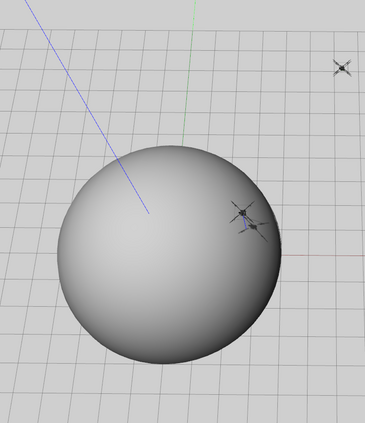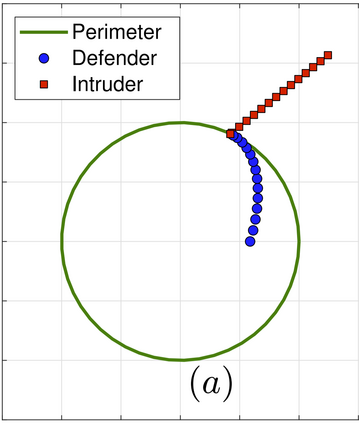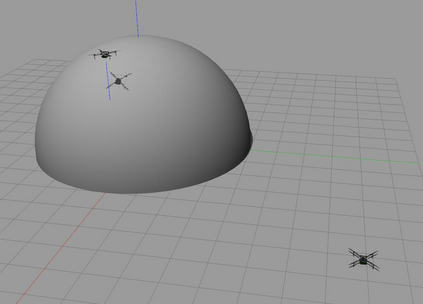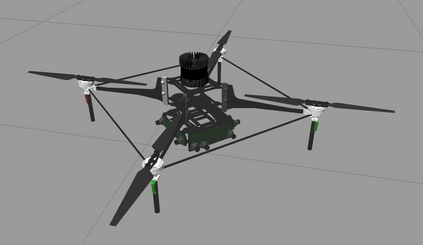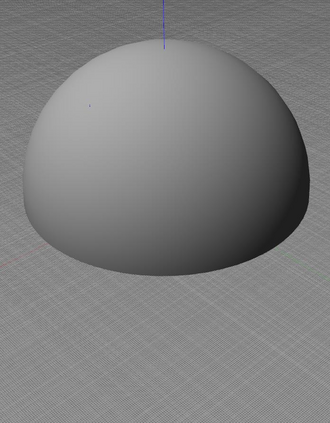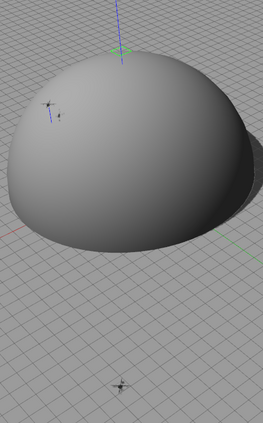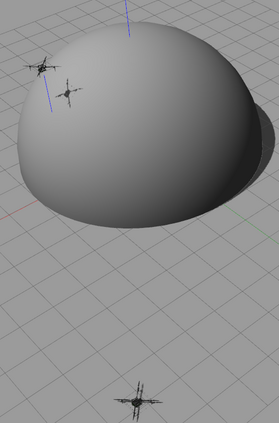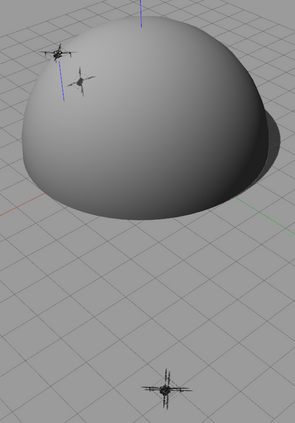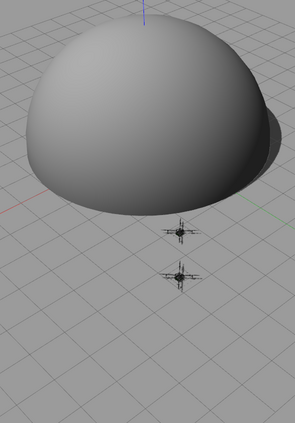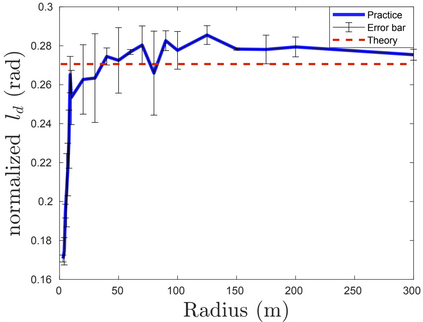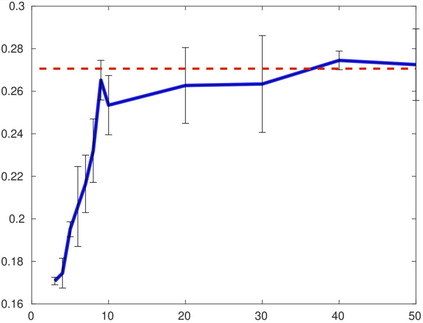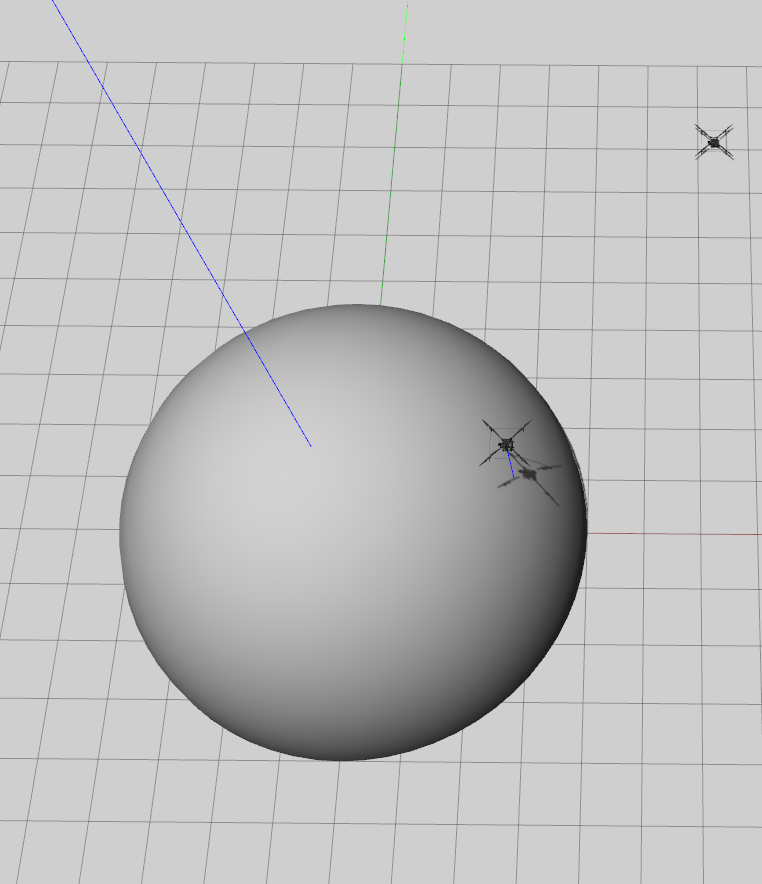The perimeter defense game has received interest in recent years as a variant of the pursuit-evasion game. A number of previous works have solved this game to obtain the optimal strategies for defender and intruder, but the derived theory considers the players as point particles with first-order assumptions. In this work, we aim to apply the theory derived from the perimeter defense problem to robots with realistic models of actuation and sensing and observe performance discrepancy in relaxing the first-order assumptions. In particular, we focus on the hemisphere perimeter defense problem where a ground intruder tries to reach the base of a hemisphere while an aerial defender constrained to move on the hemisphere aims to capture the intruder. The transition from theory to practice is detailed, and the designed system is simulated in Gazebo. Two metrics for parametric analysis and comparative study are proposed to evaluate the performance discrepancy.
翻译:近些年来,周边防御游戏作为追逐规避游戏的一种变体,引起了人们的兴趣。 此前的一些作品已经解决了这一游戏,以获得防御者和入侵者的最佳策略,但衍生的理论认为玩家是点粒子,带有一阶假设。 在这项工作中,我们的目标是将从周边防御问题得出的理论应用到具有现实的激活和感测模型的机器人,并观察在放松第一阶假设方面的性能差异。 特别是,我们侧重于一个地面入侵者试图到达半球底部时,而一个空中防御者却不得不在半球上移动以捕捉入侵者为目的的半球周边防御问题。 从理论到实践的转变是详尽的,设计系统在加泽博模拟。 提出了两个参数分析和比较研究的参数来评估性能差异。

